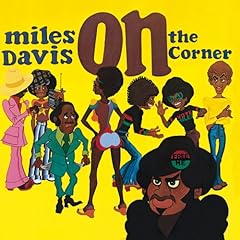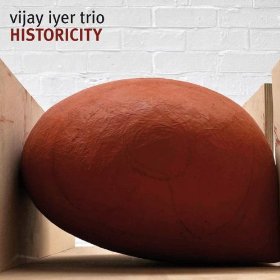
One star (out of five), Categorical dismissal: absolute junk
Jazz purists please avoid this title and stop with nefertiti or Miles in the Sky...You will be very happy that you didn't waste your money like I did. This cd got traded in to the used department so quickly out of my collection. I wouldn't even call it fusion let alone good funk.One star, Off topic: Concerning the credits
This issue of 'On the Corner' contains a mistake in the credits. Not a single percussionist is mentioned, although at least half of the music consists of percussion. The German issue of the Miles Davis autobiography (which includes an elaborate discography) lists three percussionists: Billy Hart (who is mentioned in the credits for drums, but not for percussion), Don Alias and M'tume. (P.S.: The single star is NOT for the music, but for the credits!)Five stars, Overwrought metaphor: Not for weak ears
So much has been said about this album, I couldn't write anything further, in general terms I agree totally with what Ashurra wrote(see his review below). What I can tell you is this: this album is just a like a hard drug, it will totally blow your mind the first time you listen to it, you will problably never go back to it, but if you dare, it can prove to be the most addictive thing on earth. If you're looking for something "pretty", go buy Kind of Blue and don't go back here, but if youre open to new experiences and if you have a pair of very adventoruous ears, then maybe you can get hooked by Saint Miles. This is NOT a jazz record, this is NOT a funk record, whatever that is, this is music that admits no cathegorization and only reveals its beauty after repeated listenings. Amen








